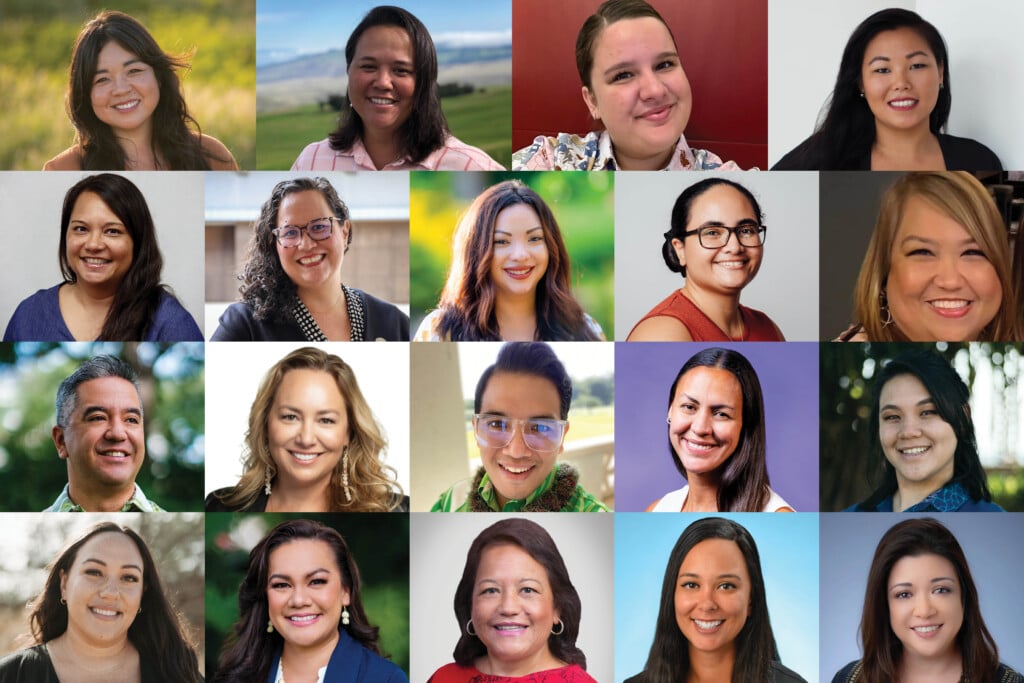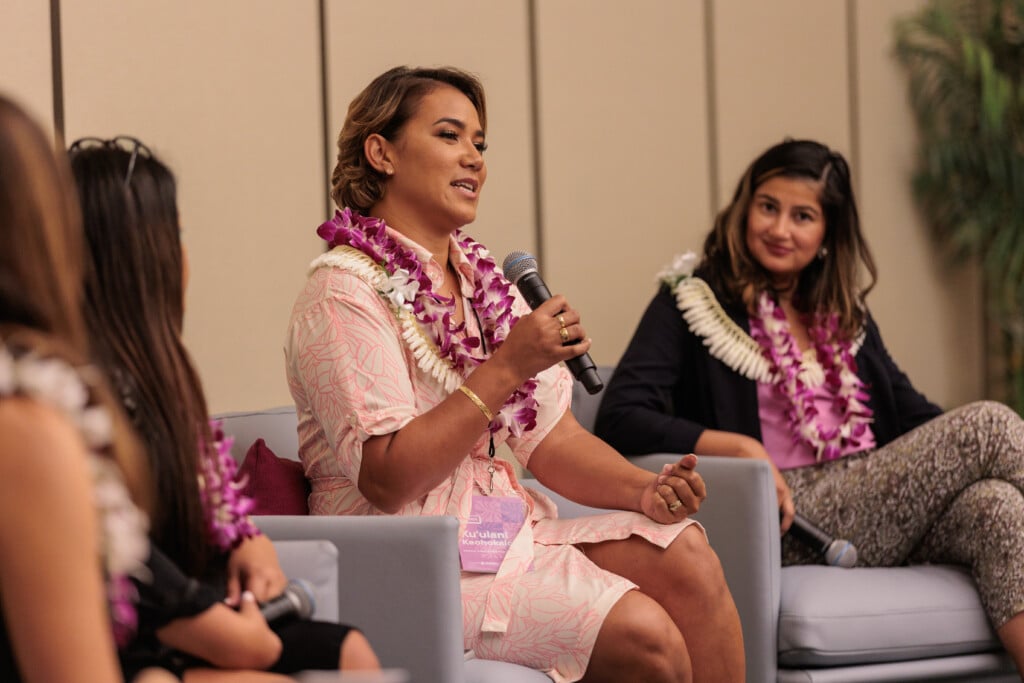Your Company May Be Diverse, But Is It Really Inclusive?
Two leaders at Elemental Excelerator explain their DEI practices, and why they benefit everyone.

Companies across all industries regularly reference their DEI initiatives – Diversity, Equity and Inclusion – but typically focus almost exclusively on diversity without incorporating the “E” and the “I.” That is not enough.
At Elemental Excelerator, we have tried to incorporate all three elements. It is a challenging course that requires us to find partners, to continually iterate and reiterate, to share what we’ve learned and to pivot again. And again. Our efforts have borne fruit but they remain a work in progress.
Here are steps to help you build a successful DEI mindset within your organization.
1. Start With “Why.”
Our mission is to redesign the systems at the root of climate change, and we are committed to doing so with equity while centering frontline communities. That’s part of our why.
DEI is not only the right thing to do; it will help ensure your success. Organizations can cultivate a culture where people feel included and a diversity of perspectives can thrive, giving them an edge over those that don’t.
2. Recognize That Diversity Alone Is Not Enough.
Hawai‘i is the most culturally and ethnically diverse state in the nation; however, diversity alone will not fundamentally change how organizations and industries operate. A Hawaii Business article in May reported that “the hierarchy of the richest and poorest ethnic groups in Hawai‘i hasn’t changed much since the 1970s.”
That means local employers still face the complexities of addressing race, class, power and privilege in their workforce, so we also need to create equitable and inclusive spaces. Organizations that do so will attract and retain a workforce that operates effectively and equitably in an incredibly diverse world.
3. Work With Mission-Aligned Partners.
We teamed with two entrepreneurs from our portfolio, Devin Hampton, CEO of UtilityAPI, and Jason Michaels, CCO at Leap, as well as the Clean Energy Leadership Institute and FutureMap to launch EDICT. Empowering Diverse Climate Talent is an internship program that aims to create an inclusive climate sector and a pipeline of diverse climate talent by offering paid, full-time internships to traditionally excluded groups, all of whom continue to be severely underrepresented in the sector. Now in its second year, EDICT has 54 member companies hosting 72 paid interns – 6 in Hawai‘i and 66 across the rest of the U.S.
Unpaid internships perpetuate the exclusion of people from low-income backgrounds who cannot work without compensation. EDICT requires employers to pay their interns on a sliding scale from $16 to $30 an hour, which is far above Hawai‘i’s current minimum wage of $12.
4. Develop Authentic Relationships and Widen Your Network.
Take a few steps beyond posting on diverse job boards by building relationships with community-based organizations and affinity groups that serve populations missing from your employee pool. Start supporting their events, activities and efforts.
Elemental supports Teach for America Hawai‘i, Purple Maiʻa and Kupu, nonprofits that are dedicated to strengthening and diversifying Hawai‘i’s workforce. We consider this a long-term community investment that is crucial to building a healthy pipeline.
One exercise Elemental’s leadership team went through was reflecting first on our own network and how diverse it is and how that impacts who is represented in our circle of trust, our leadership team, and how that intersects with the communities we work in.
5. Expand Your Definition of Diversity.
Broaden your understanding of diversity beyond race and gender to encompass lived experience, then build a culture of empathy. Do this by using human-centered design in your organization’s program to uncover the challenges traditionally excluded groups of people face in your organization. Seek to understand your potential new hire’s lived experiences to create a culture that resonates with them. For example, consider that a person who has a disability may find it challenging to access in-person recruitment events.
6. Don’t Just Launch A DEI Program.
Launching a DEI program is just the start. You have to iterate, grow, resource the work and iterate some more.
Companies often assemble working groups to develop and launch DEI programs; however, many efforts have fallen flat. Take the time – regularly – to ask employees where gaps are and do something about them. You can start small! This is an opportunity for employers to take a closer look and evaluate whether they are building and supporting an equitable, inclusive environment that supports their entire team.
At Elemental, we used to rely primarily on our networks for hiring. The flaw in this approach was the diversity of our networks. They were predominantly privileged women and men, closely reflecting the makeup of the climate tech sector at the time.
As we worked to diversify our networks, we then were able to diversify our team. This shift didn’t happen organically; it took time and attention, and the journey isn’t over. Be prepared to iterate, share what you’ve learned and pivot. Equity is dynamic.
7. Invest Resources Toward Equity and Inclusion to Precede Your Investment in Diversity.
There’s a lot of strategy and effort put into recruiting. However, many organizations suffer high turnover because they lack inclusive and equitable cultures. Your DEI strategy can’t narrowly focus on recruitment.
Embedding equity and inclusion strategies into your company is the key to sustainable diversity efforts. Ensure you retain diverse talent by tracking data on promotions, conducting stay and exit reviews, and conducting employee surveys regularly. Then use that data for making decisions like length of paid maternity and paternity leave, office design to help people feel welcome and productive, and changes in team culture that foster a more equitable work environment.
8. Develop a Community of Like-Minded Organizations.
Creating a pipeline of diverse talent takes an incredible amount of work. Collaborate with others in your industry organically or through industry associations and develop a constellation of support and shared resources. In doing so, you will amplify your efforts and create an ecosystem where talent is cultivated through multiple touchpoints






